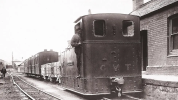voodoopenguin
Retired
At the recent Train Collectors Show there were many tempting offerings of all sizes however there was one that I was really taken by. It goes with nothing else that I have but I loved its looks and at the end of the show I bought it. The little bit of info with it said it could be easily regauged between 32mm and 45mm and of course it was bought untested. Got it home, popped it on the track and it shorted. Didn't take much investigation to see this was not a track powered loco however putting power to the motor terminals had the wheels turning nicely so how to power it. There is no obvious easy way to remove anything to find a battery compartment, the photo from underneath hopefully shows several very small crosshead screws which as yet I have not tried. If that is the way in it is not easy or quick. The last photo shows the two cavities at the front. In one there is a switch and in the other you might be able to see some writing. The writing has a name and that is Geoff Munday. Googling provided a little information, sadly he passed away but he appears to have been a well known person in the 16mm realm, maybe some of you lot knew him. The little info seems to suggest that he was a steamer which of course this loco isn't. Any thoughts on how I might proceed would be gratefully received.
Paul
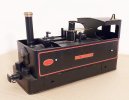
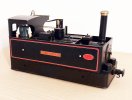
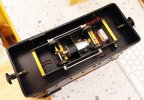
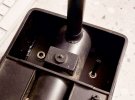
Paul





